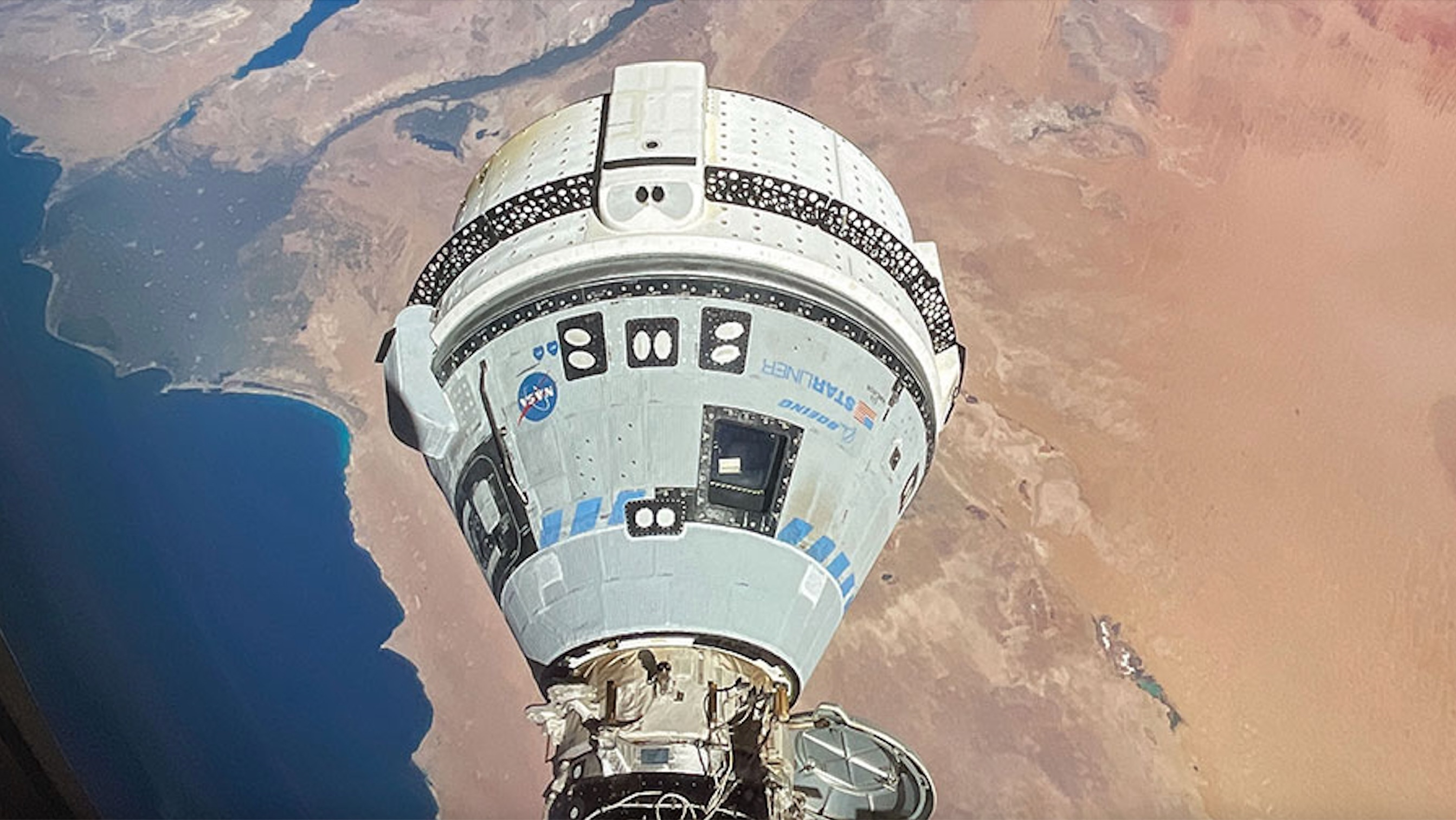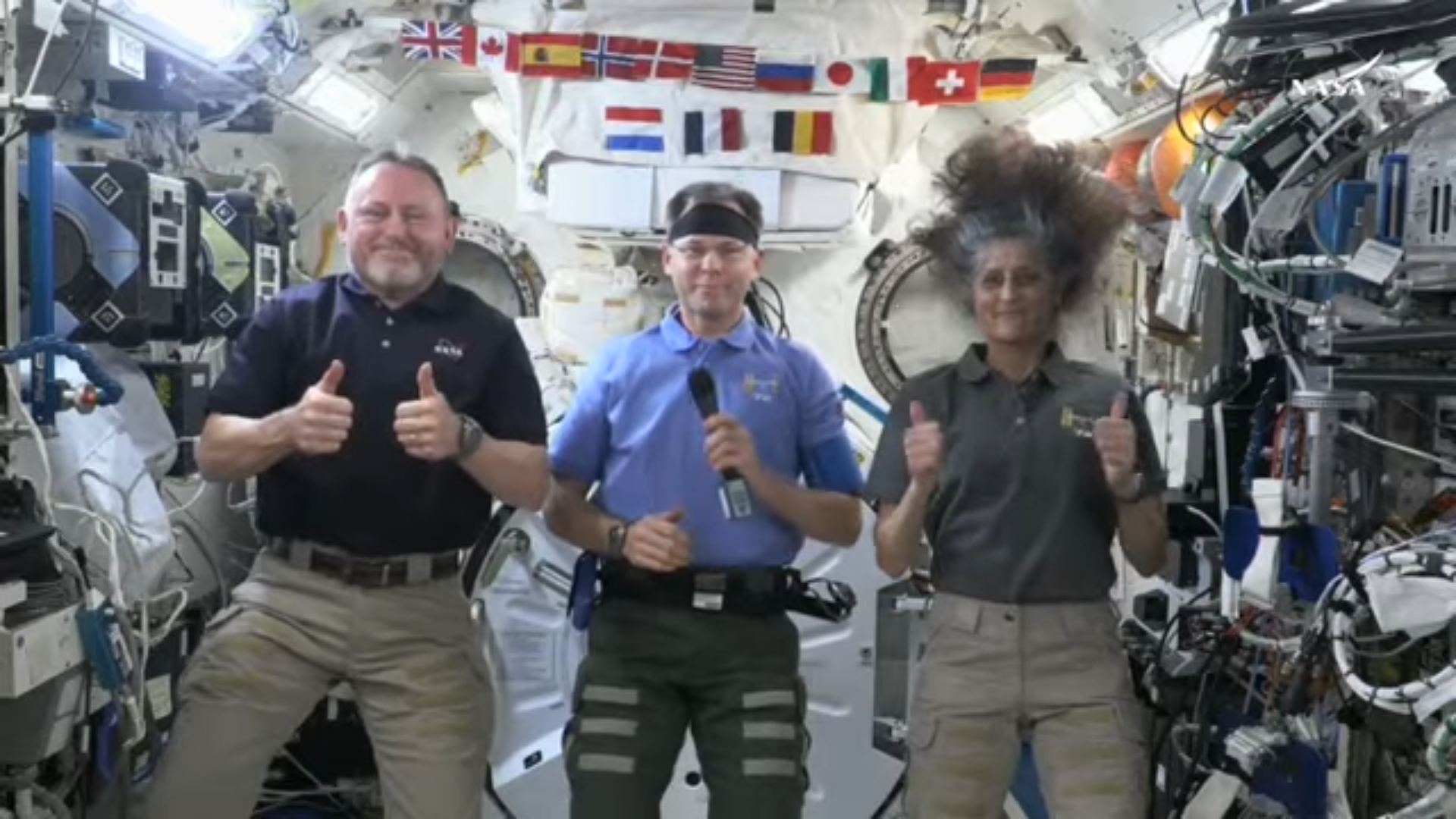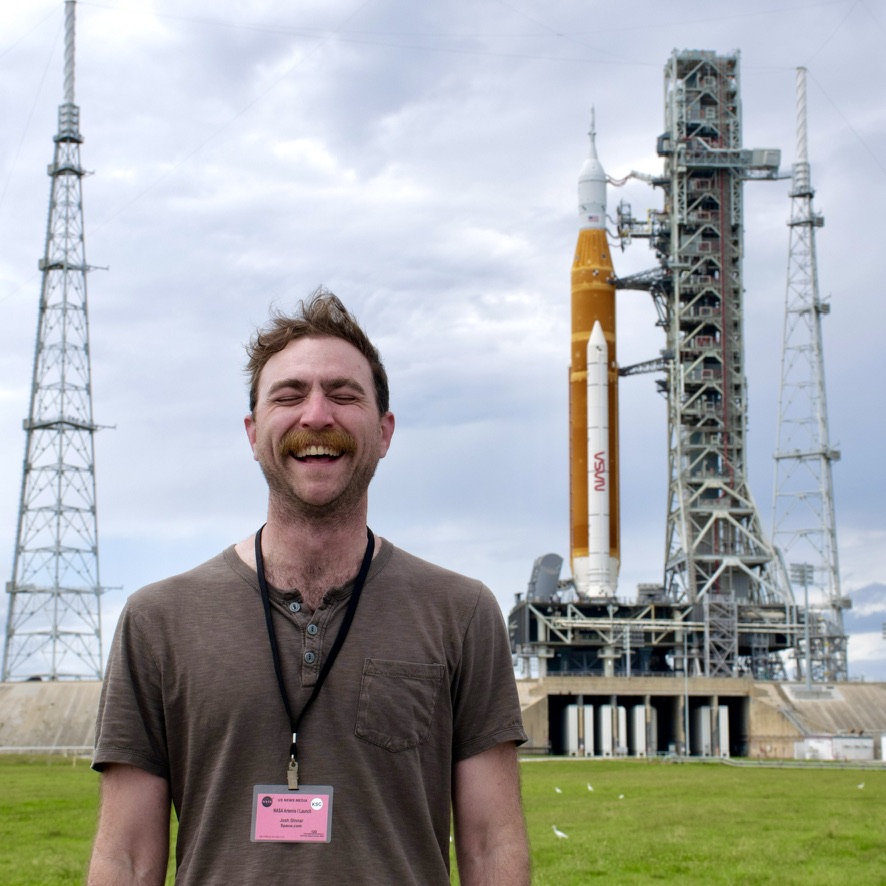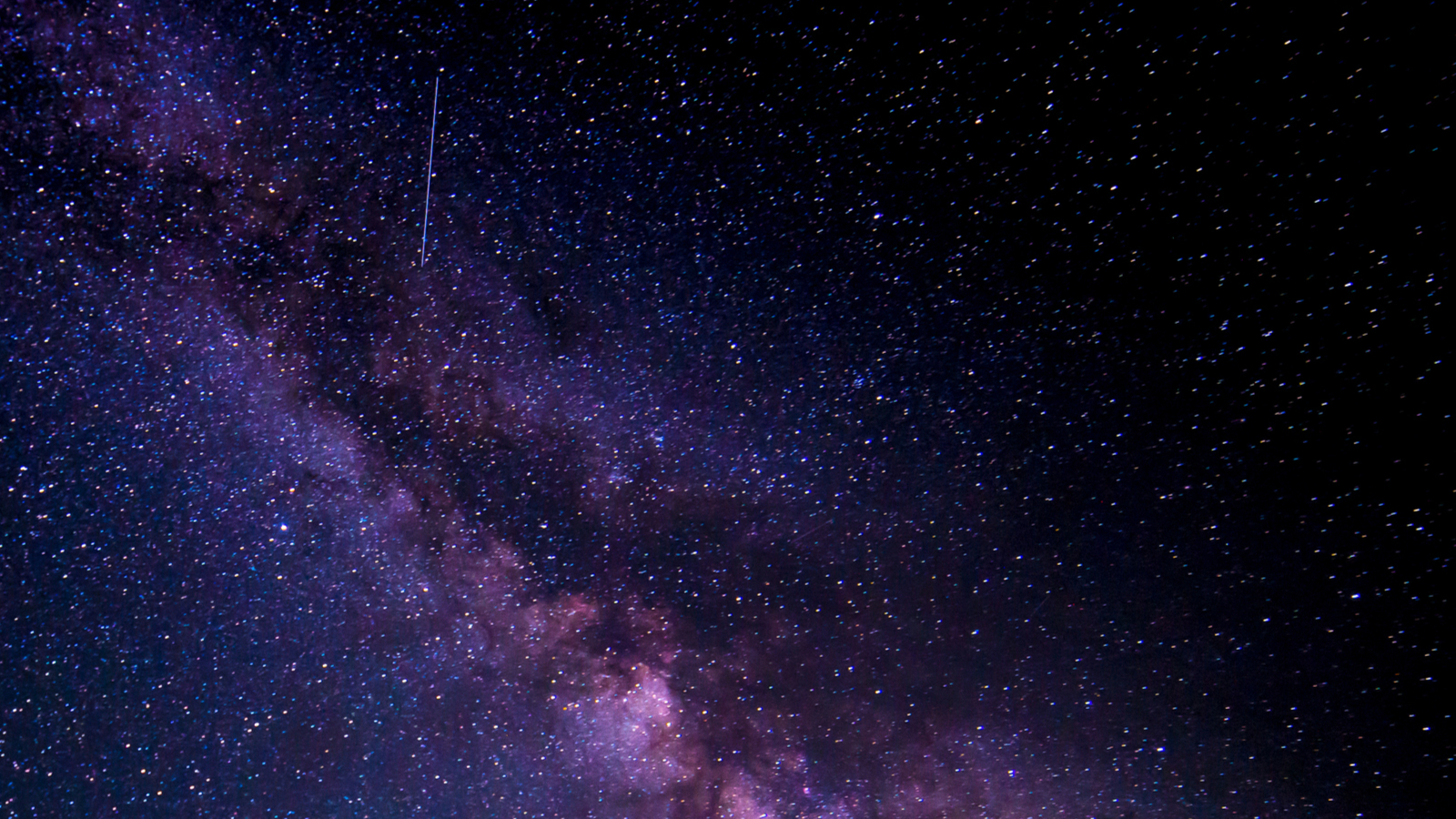'I’d get on in a heartbeat': Starliner astronauts would fly on Boeing spacecraft again despite malfunctions (video)
"It is a great spacecraft, and it has a lot of capability that other spacecraft don't have."

NASA astronauts Suni Williams and Butch Wilmore both say they'd ride on Boeing's Starliner again, despite the issues the capsule had on its first crewed flight.
Wilmore and Williams launched to the ISS on Starliner’s first astronaut mission, known as Crew Flight Test (CFT), last June. Problems with the spacecraft’s thrusters prompted NASA and Boeing to extend CFT while engineers analyzed the problem on the ground, ultimately turning Williams and Wilmore's planned eight-day mission aboard the space station into a nine-month saga.
In late August, NASA decided to return Starliner to Earth without crew. The agency transferred Williams and Wilmore into the manifest for SpaceX's Crew-9 mission, which arrived at the space station in September carrying fellow NASA astronaut Nick Hague and Russian cosmonaut Aleksandr Gorbunov. Now, after much politicizing and speculation, the CFT astronauts are opening up about their mission — and both of them said they would fly on Starliner again, if given the chance.
"Yes, because we're going to rectify all the issues that we encountered," Wilmore said during a press conference on Monday (March 31). "We're going to fix it; we're going to make it work. Boeing's completely committed. NASA is completely committed. And with that, I'd get on in a heartbeat."
"It is a great spacecraft, and it has a lot of capability that other spacecraft don't have," Williams added. "To see that thing successful and to be part of that program is an honor."
Related: Dolphins welcome SpaceX's Crew-9 astronauts home after splashdown (video)
Monday's event, which was held at NASA’s Johnson Space Center in Houston, came about two weeks after SpaceX’s Crew Dragon Freedom splashed down off the Florida coast with Williams, Wilmore, Hague and Gorbunov aboard.
Breaking space news, the latest updates on rocket launches, skywatching events and more!
All three NASA astronauts participated in Monday's press conference (Gorbunov was not in attendance). The trio expressed gratitude for the attention their mission has received. And Wilmore and Williams discussed the issues Starliner had in orbit, as well as who bears responsibility for them.
"You can start with me," Wilmore said. "Responsibility with Boeing? Yes. Responsibility with NASA? Yes. All the way up and down the chain."
Some people have put a political spin on Williams and Wilmore’s space odyssey; for example, President Donald Trump and SpaceX chief Elon Musk have claimed that the Starliner crew were "virtually abandoned" in space by the Biden Administration. But the astronauts say an extended stint on orbit was always part of their mission's contingency plans.
"There's a huge group of people who are looking at the whole program and understanding how and what was the best time and way to get us back home," Williams explained. "We knew that, and we were ready to wait until that decision was made."
The astronauts added that, while on orbit, they were largely shielded from the discourse about their mission that was occurring back on Earth. "When we're up there operating in space, you don't feel the politics," Hague said. "You don't feel any of that. It’s focused strictly on mission."
Hague also reiterated that the plan for the return of Williams and Wilmore aboard the Crew-9 Dragon was set before the spacecraft ever left the launch pad.
"We were planning … from day one to return toward the end of February," he explained. "That [was] all predicated on the fact that we would have a replacement crew show up, and we'd have adequate handover with that crew before we left."

SpaceX’s Crew-10 mission for NASA launched with that relief crew on March 14 and arrived at the ISS several hours later. Not only is it typical for station crews to overlap between rotations, it is a NASA requirement for operational continuity.
"It's important to maintain the mission of the International Space Station, to continue pushing research and exploration, and that was never in question the entire time," Hague said.
Williams and Wilmore plan to continue their involvement with the Starliner program now that they're back on Earth. Their message: Don’t count Starliner out just yet.
According to Wilmore, the pair are scheduled to meet with Boeing leadership this week to discuss Starliner’s issues. "They want to come together with us," he said.
Their turbulent mission has also given Williams and Wilmore a unique perspective: They are the only astronauts to have flown in both Starliner and Crew Dragon, the two commercial spacecraft contracted by NASA to ferry people to and from the ISS.
Each one offers a nice ride, the two astronauts said during Monday's press conference.
“They're both great for different reasons,” Williams said. "Dragon is a very comfortable spacecraft that tells you what it's doing, which is very nice,” she added, before giving a glowing explanation of several of Starliner's unique, manually controllable features.
Wilmore also cited that characteristic of Starliner — the ability of astronauts to take control of the capsule at any moment, as opposed to Crew Dragon’s more straightforward, idiot-proof autonomous flight.
"I jokingly said a couple of times before we launched that I could literally do a barrel roll over the top of the space station [with Starliner]," Wilmore said. "I would never do that, but you can in the spacecraft. It is very, very capable."
Of Dragon, the pair also came to quick agreement: “More Velcro.” A sleeker design with fewer buttons apparently leaves plenty of surface area inside Crew Dragon for strips of Velcro astronauts can use to secure things like pens or notebooks from floating away.
Wilmore said that he's optimistic about Starliner's future, given the spacecraft's capability and the commitment to the vehicle that both NASA and Boeing have shown.
"If we can figure out a couple of very important primary issues with the thrusters and the helium system, Starliner is ready to go,” Wilmore said. But, he acknowledged, "that is not going to happen overnight."
Join our Space Forums to keep talking space on the latest missions, night sky and more! And if you have a news tip, correction or comment, let us know at: community@space.com.

Josh Dinner is the Staff Writer for Spaceflight at Space.com. He is a writer and photographer with a passion for science and space exploration, and has been working the space beat since 2016. Josh has covered the evolution of NASA's commercial spaceflight partnerships and crewed missions from the Space Coast, as well as NASA science missions and more. He also enjoys building 1:144-scale model rockets and human-flown spacecraft. Find some of Josh's launch photography on Instagram and his website, and follow him on X, where he mostly posts in haiku.
You must confirm your public display name before commenting
Please logout and then login again, you will then be prompted to enter your display name.

